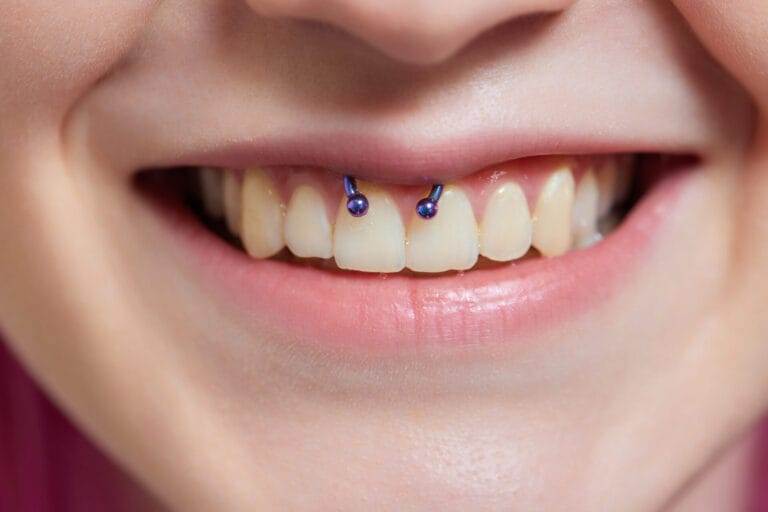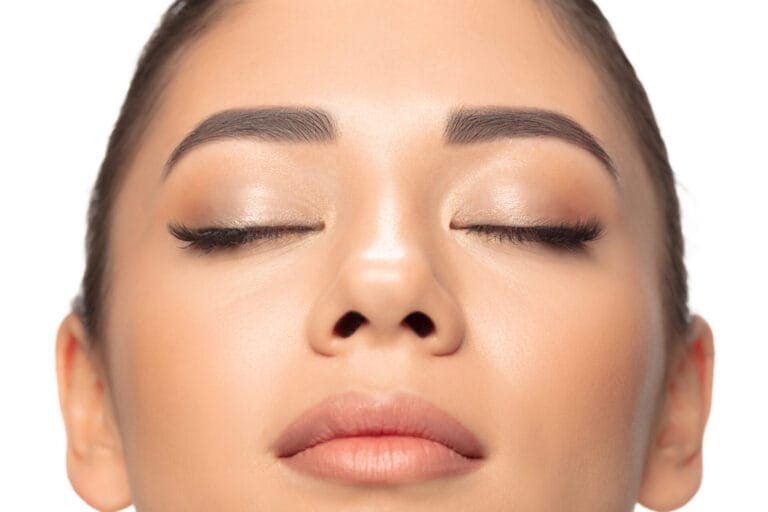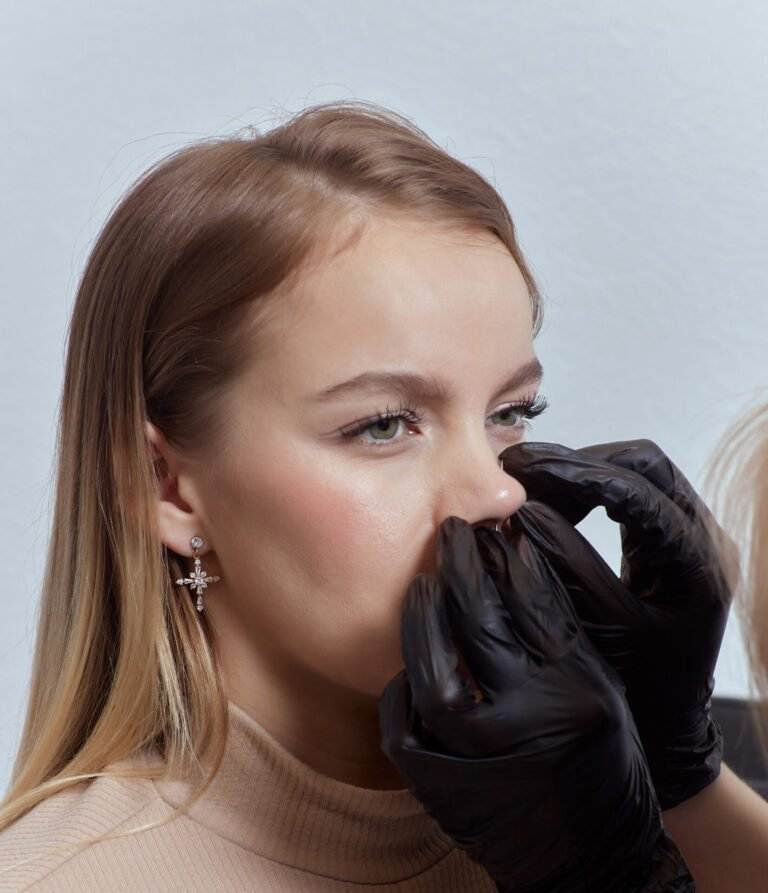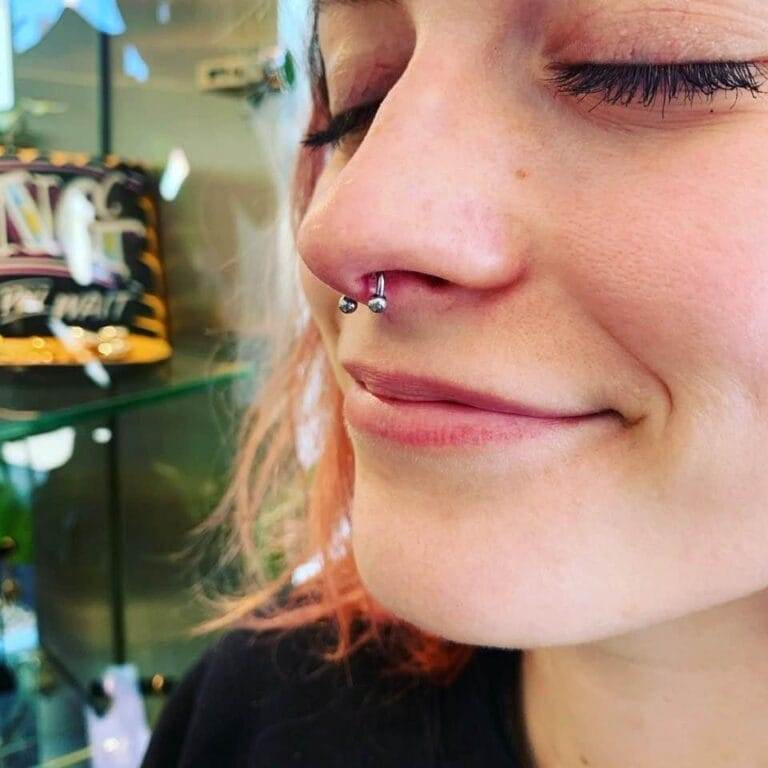Introduction
Definition of Nipple Piercings
Nipple piercings are a form of body modification where jewelry is inserted through the nipple, creating a unique aesthetic and personal expression. This type of piercing can be a single puncture in one nipple or double in both, providing a variety of styles and jewelry options. They are typically made from biocompatible materials like surgical steel, titanium, or gold to minimize allergic reactions and optimize healing. For many individuals, nipple piercings are not merely decorative. They symbolize empowerment, sexuality, or personal artistry. It’s a transformative practice that allows individuals to reclaim their bodies and express themselves uniquely. The journey to getting a nipple piercing can often be as personal and unique as the reasons behind the choice—ranging from enhancing one’s body confidence to aligning with a particular aesthetic.
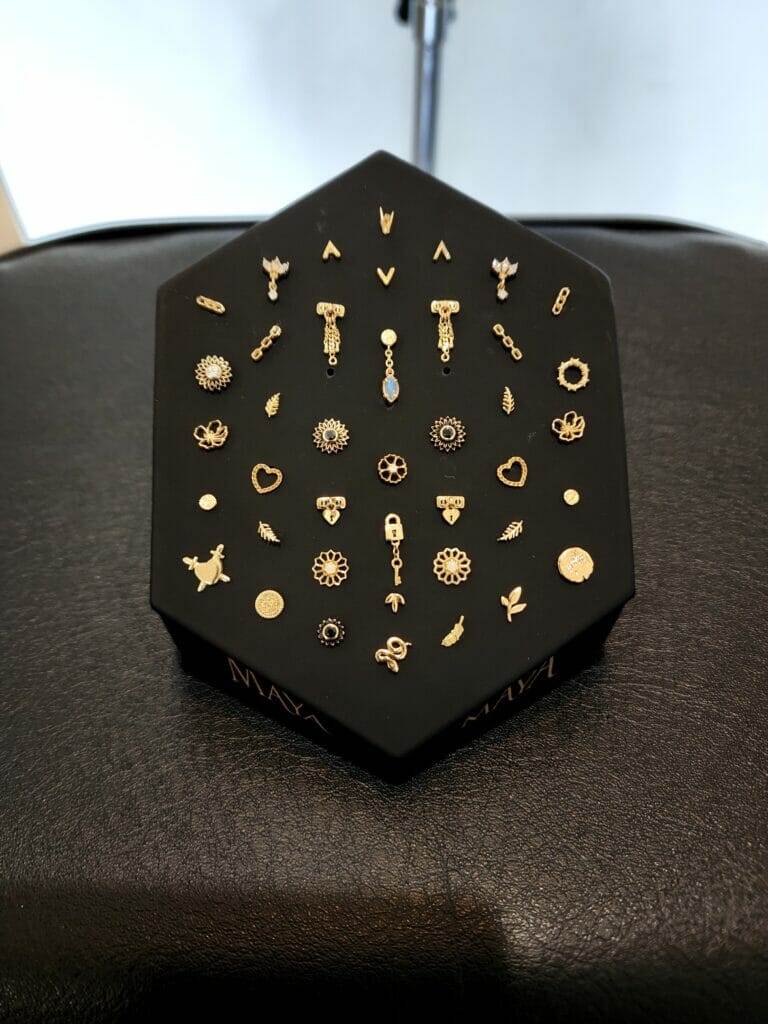
Brief History of Nipple Piercings
The history of nipple piercings is as diverse and rich as the cultures that have embraced them. Evidence of nipple piercings dates back to ancient civilizations, showcasing their longstanding presence in human history.
- Cultural Significance:
- In ancient Egypt, both men and women adorned piercings as a sign of nobility and status.
- Throughout history, nipple piercings have appeared in various cultures, from tribal societies to modern subcultures, often signifying rites of passage or societal status.
- Modern Era:
- The West saw a resurgence of interest in body piercings during the 1970s and 1980s, influenced by the punk rock movement. This era drew attention to alternative forms of expression and pushed societal norms regarding body modifications to the forefront.
With each cultural iteration, nipple piercings continue to evolve, reflecting changing attitudes toward body art and self-identity. Today, they are embraced widely, celebrated not only for aesthetic beauty but also for their ability to challenge conventional beauty standards and promote body positivity. This rich history and evolving nature highlight the significance of nipple piercings as a compelling means of personal expression.
Myths Surrounding Nipple Piercings
Nipple Piercings Lead to Breast Cancer
One of the most prevalent myths surrounding nipple piercings is the erroneous belief that they are linked to an increased risk of breast cancer. This misconception often stems from a misunderstanding of how infections and bodily alterations function.
- Medical Perspective: The truth is, nipple piercings do not inherently cause any breast cancer. Infections can occur if piercings are not cared for properly, but the act of piercing itself does not lead to cancer.
- Research Insights: Numerous health professionals emphasize that there is no substantial scientific evidence connecting nipple piercings with an elevated cancer risk. It’s essential for individuals considering this kind of body art to consult with knowledgeable piercers and medical professionals.
Educating oneself about the myths can help alleviate fears. Instead of allowing false narratives to cloud decision-making, understanding the facts empowers individuals to make informed choices about their bodies.
Nipple Piercings Impact Breastfeeding
Another common concern related to nipple piercings is the myth that they can hinder breastfeeding. Many new or expectant mothers worry about how a piercing might interfere with this important aspect of motherhood.
- Breastfeeding Feasibility: Quite the opposite, many individuals with nipple piercings successfully breastfeed without any issues. The piercing is typically located away from the milk ducts, allowing breastfeeding to occur normally.
- Experience Sharing: An important note from nursing mothers is that while some might experience temporary discomfort during breastfeeding due to jewelry, it is usually manageable. Many choose to remove the jewelry during this time.
In summary, while myths abound regarding nipple piercings and their impacts, the facts suggest a much more benign reality. Understanding these misconceptions can empower individuals to embrace their choices without undue concern or fear, providing a clearer perspective on both body art and motherhood.

Facts About Nipple Piercings
Nipple Piercings Healing Process
Understanding the healing process of nipple piercings is crucial for ensuring a successful experience. Healing time can vary from person to person, typically ranging from 3 to 6 months. During this period, it is vital to take proper care of the piercing to avoid complications.
- Initial Stages of Healing: In the first few weeks, the body works to close the wound and regenerate tissue around the piercing. It’s common to experience some swelling, tenderness, and discharge, all of which are normal parts of the process.
- Aftercare Recommendations:
- Cleanliness is Key: Gently clean the piercings with a saline solution or saline wound wash twice a day.
- Avoid Irritation: Steer clear of tight clothing or friction that may irritate the area.
- Hands Off: Resist the urge to touch or change the jewelry too soon, as this can introduce bacteria and lead to infection.
Much like the personal journey of self-expression through art, ensuring proper aftercare contributes to a smooth healing process and optimal results.
Nipple Piercing Jewelry Options
When it comes to nipple piercing jewelry, the options are as diverse as the individuals who choose them. Selecting the right jewelry is both a practical and stylish decision.
- Popular Jewelry Types:
- Barbells: Straight or curved barbells are a classic choice. They come in various lengths to fit individual healing needs and personal comfort.
- Captive Bead Rings: These versatile pieces are popular for their sleek design and ease of wear. They can be easily changed for different styles.
- Specialty Designs: From decorative ends to uniquely shaped jewelry, options cater to those looking for something that reflects their personal style.
- Material Matters:
- Opt for high-quality materials like surgical stainless steel, titanium, or gold to minimize allergic reactions and support healing.
Choosing the right jewelry not only enhances personal style but also plays a crucial role in the overall health of the piercing. With proper care and beautiful jewelry, individuals can enjoy their nipple piercings as a unique expression of identity.
Risks Associated with Nipple Piercings
Infections and Allergic Reactions
While nipple piercings can be a beautiful expression of individuality, they do come with certain risks that every prospective piercee should be aware of. One of the most common concerns revolves around the potential for infections or allergic reactions.
- Infection Risk: Nipple piercings, like any other form of body modification, can become infected if not properly cared for. Signs of an infection include:
- Increased redness and swelling
- Pus or unusual discharge
- Fever or aching around the piercing site
To minimize the risk of infection, cleanliness during the healing process is paramount. It’s essential to adhere to a diligent aftercare routine, often involving gentle cleaning and avoiding unnecessary contact with the area.
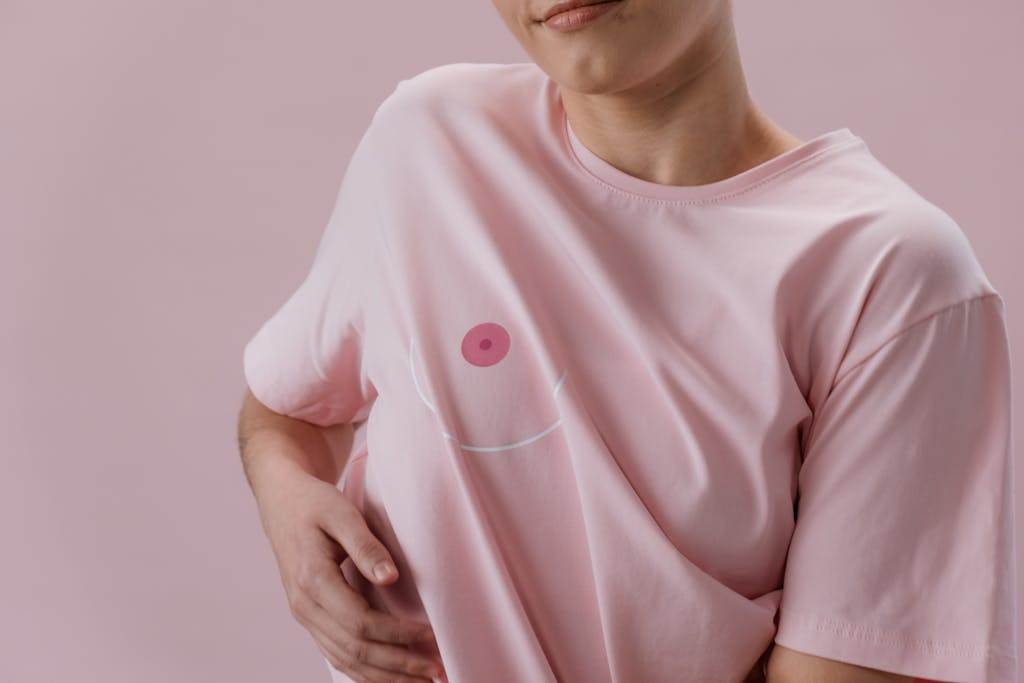
- Allergic Reactions: Another potential issue is an allergic reaction to the metal used in the jewelry. Common materials like nickel can cause sensitive individuals to experience rashes or irritation.
- How to Avoid Issues:
- Material Choices: Stick to hypoallergenic metals like titanium, surgical stainless steel, or even gold to reduce the chances of allergic reactions.
By educating oneself about these risks, individuals can make informed decisions that enhance their piercings’ beauty without compromising health.
Nipple Sensitivity Changes
In addition to infections and allergic reactions, changes in nipple sensitivity are another factor to consider. This varies widely from person to person and can lead to mixed experiences following the piercing.
- Normal Sensitivity Changes: After initial healing, some individuals may notice an increase in sensitivity, while others might experience numbness or a decrease in sensitivity.
- Personal Experiences: Many people report enhanced pleasure during intimate moments post-piercing, while some may require time to adjust to the new sensation.
- What to Expect:
- Temporary: For many, sensitivity changes can be temporary and may resolve as the body fully heals.
- Long-term Effects: In rare cases, sensitivity may remain altered permanently. It’s crucial to understand this variability to set realistic expectations.
Ultimately, while risks are inherent in any body modification, being informed can help individuals navigate their journeys more confidently. With proper care, awareness of potential changes, and an understanding of personal health needs, the experience of nipple piercings can be largely fulfilling and rewarding.
Nipple Piercing Procedure
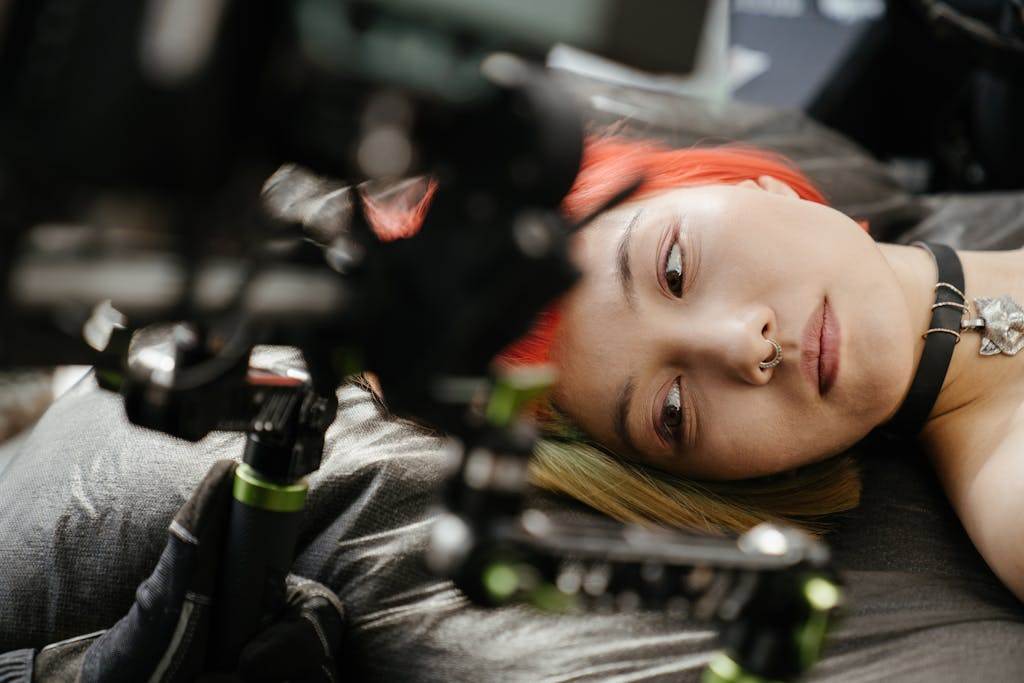
Choosing a Professional Piercer
When considering a nipple piercing, one of the most critical decisions is selecting a professional piercer. This choice can significantly impact not only the overall experience but also the outcome of the piercing itself.
- Qualifications Matter: Start by researching piercers who are certified and have a reputable background. Look for:
- Licensing and certifications: Ensure that they meet local health and sanitation standards.
- Experience: A piercer with extensive experience in nipple piercings is ideal, as this area can be particularly sensitive.
- Visit the Studio: Before committing, visit the studio in person. Pay attention to:
- Cleanliness: The environment should be hygienic and organized.
- Equipment: All tools should be sterile and disposable.
- Consultation: A professional piercer will typically offer a consultation. This is a great opportunity to ask questions, discuss concerns, and gauge their professionalism. Trust your instincts— if something feels off, it’s okay to seek out other options.
Aftercare Tips
Once the piercing is complete, proper aftercare is essential for healing and avoiding complications. The initial weeks are crucial, and following a consistent routine can make all the difference.
- Cleaning Routine:
- Use a saline solution to gently clean the area twice a day.
- Avoid using harsh soaps or alcohol-based solutions, as they can irritate the piercing.
- Maintenance Tips:
- Avoid Friction: Wear loose-fitting clothing to minimize irritation on the piercing during the healing process.
- Hands Off: Refrain from touching or twisting the jewelry unnecessarily to prevent bacteria transfer.
- Monitoring Healing: Stay vigilant for any signs of infection or unusual changes. Remember, redness and minimal discharge can be normal, but if you experience excessive swelling, fever, or a foul smell, consult a healthcare professional immediately.
In conclusion, both the selection of a qualified piercer and diligent aftercare play vital roles in the nipple piercing experience. With the right preparation, support, and care, individuals can look forward to enjoying their beautiful new body art while minimizing risks and complications.

